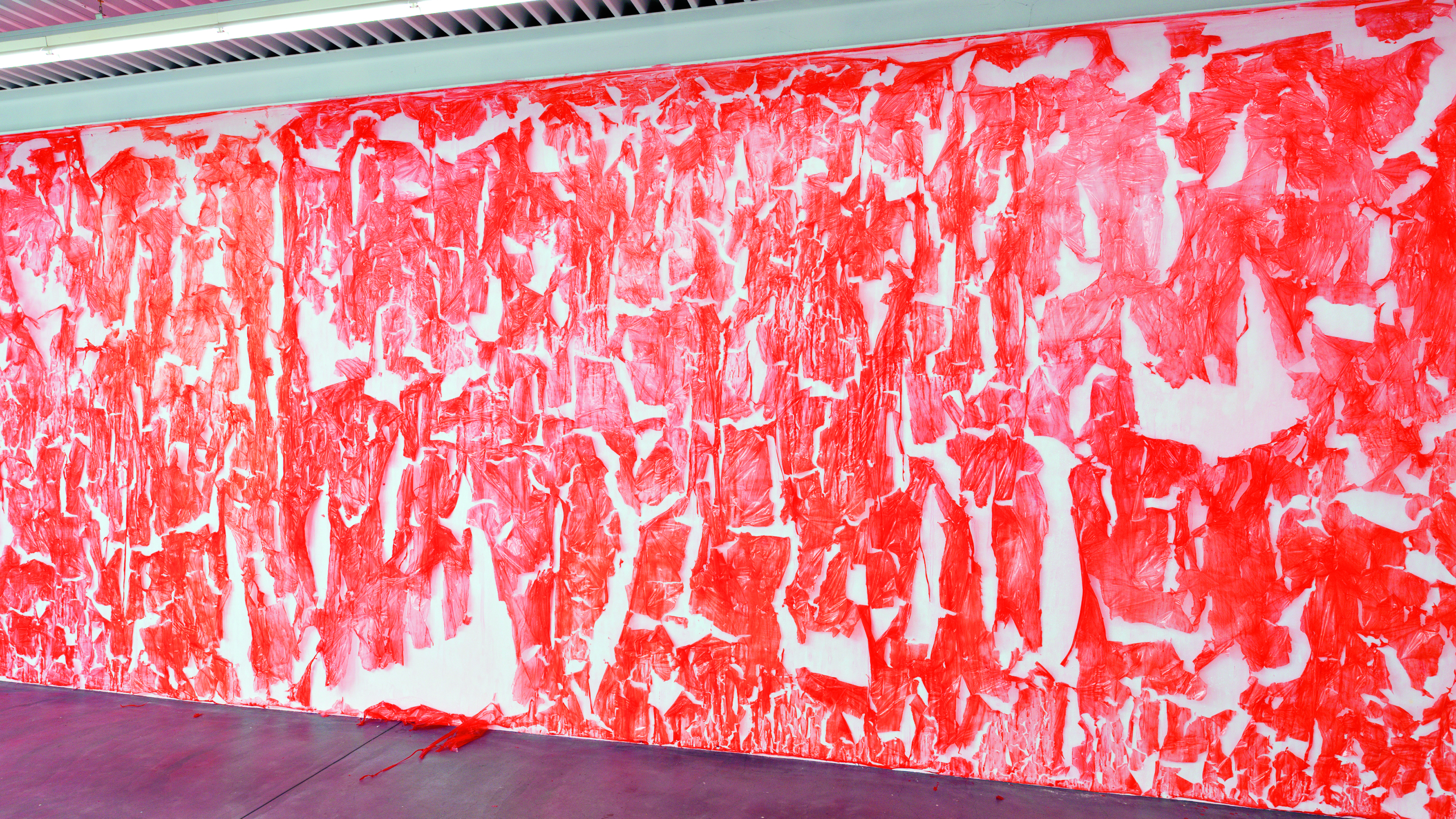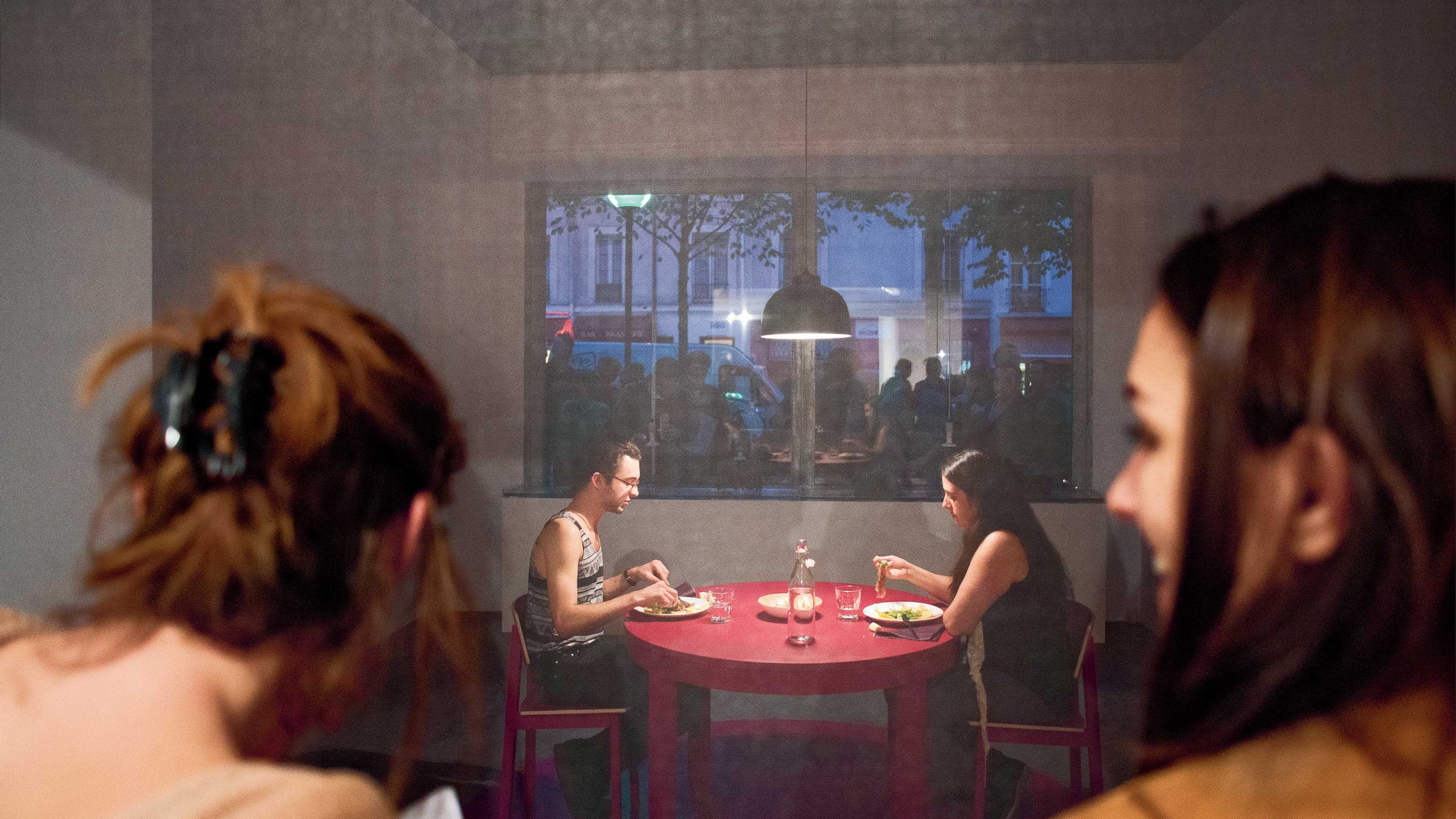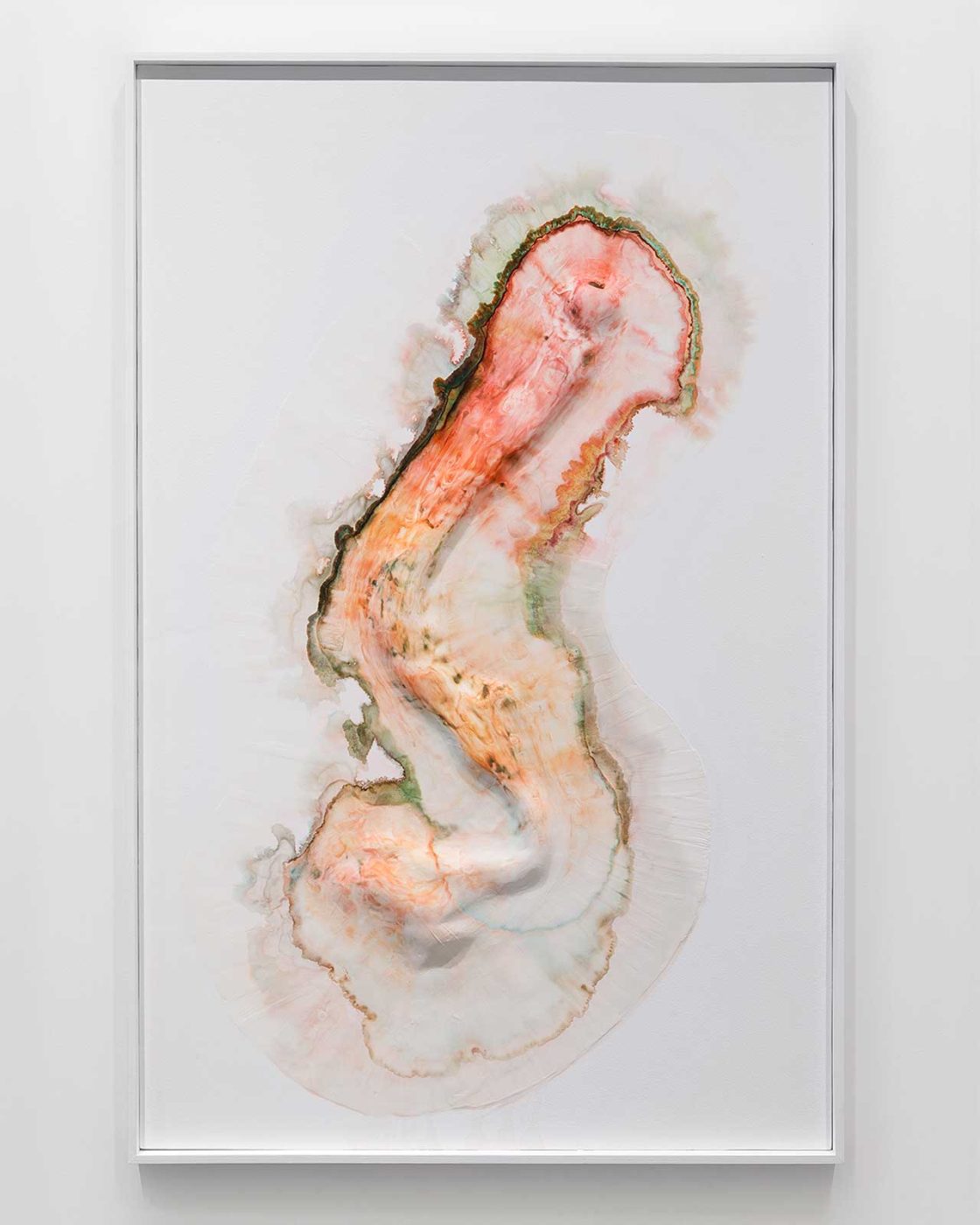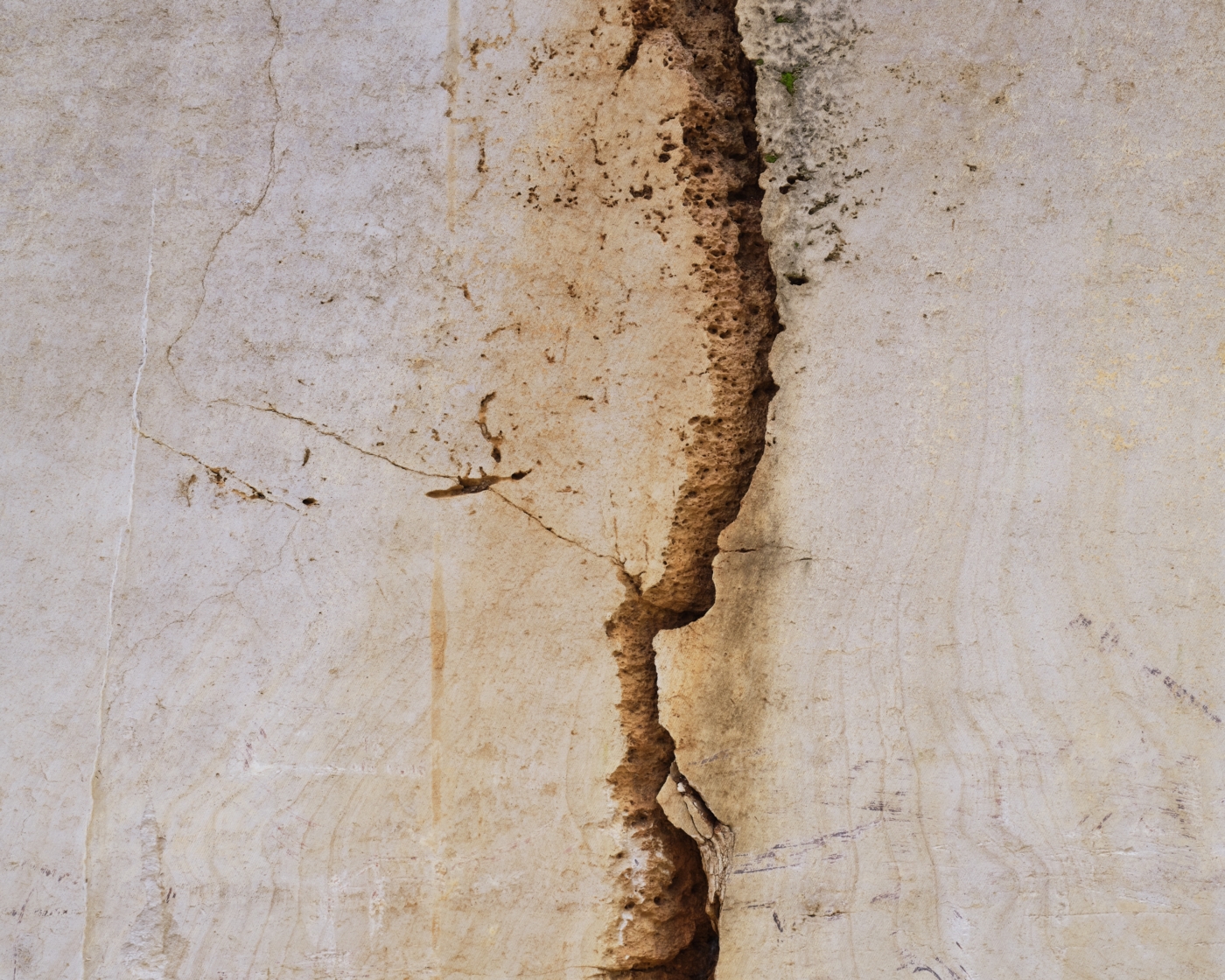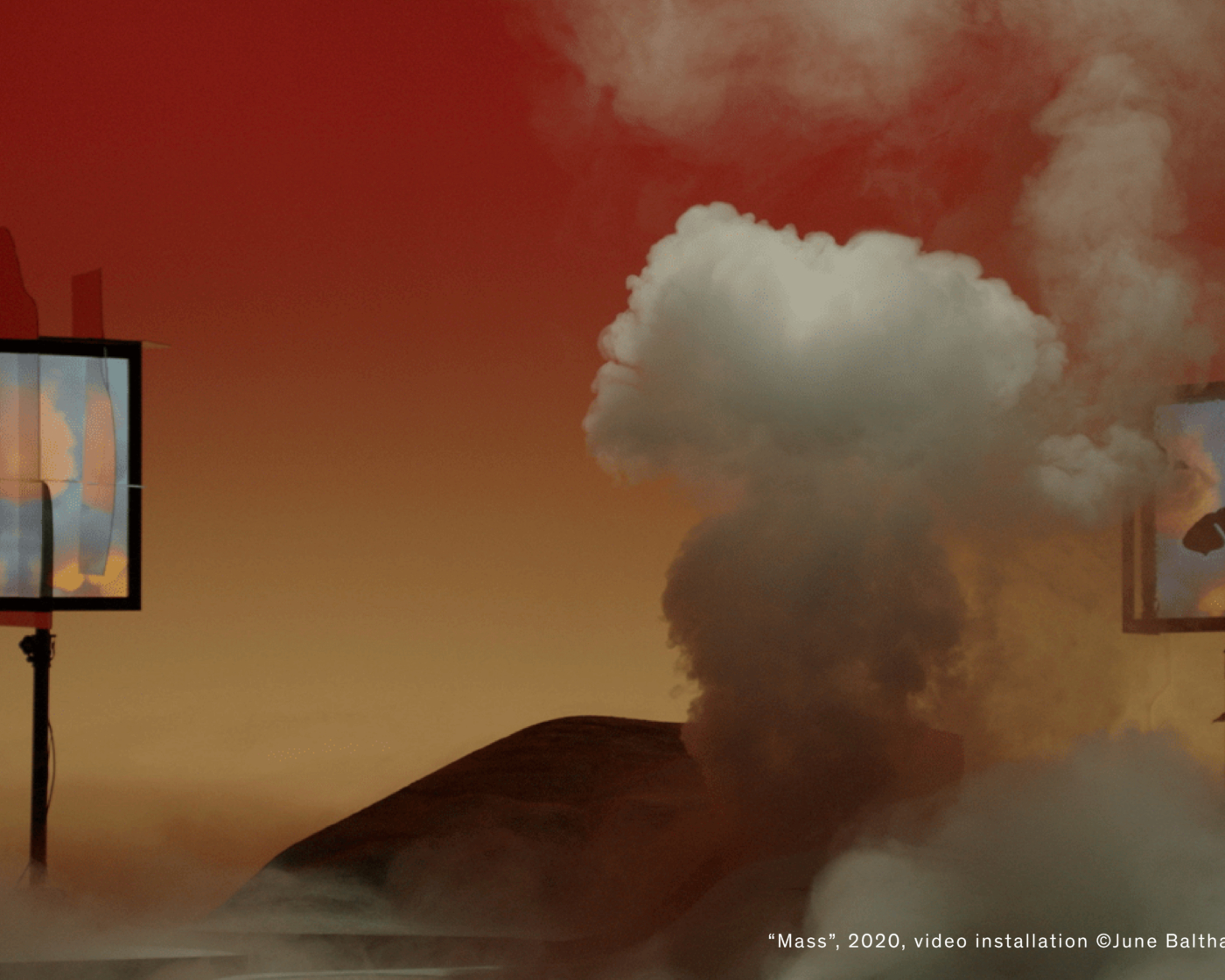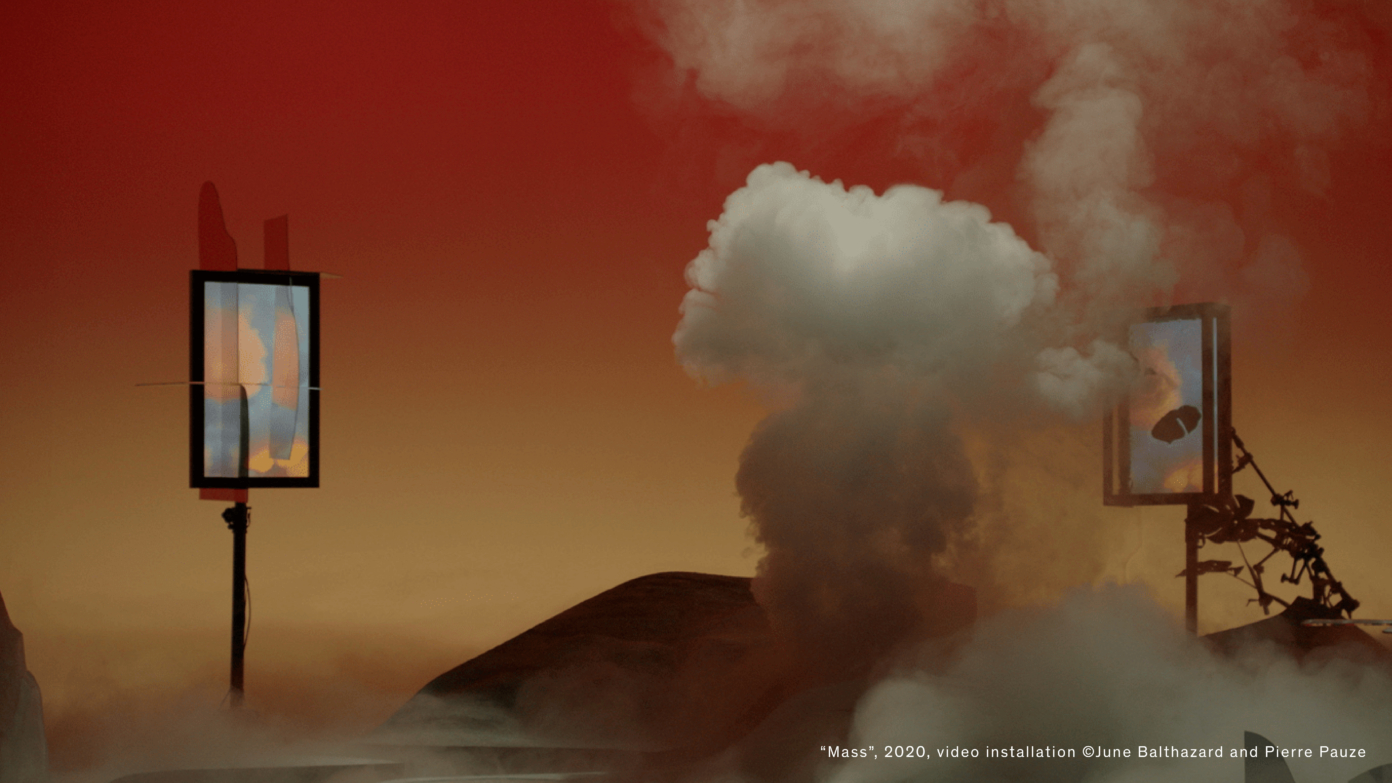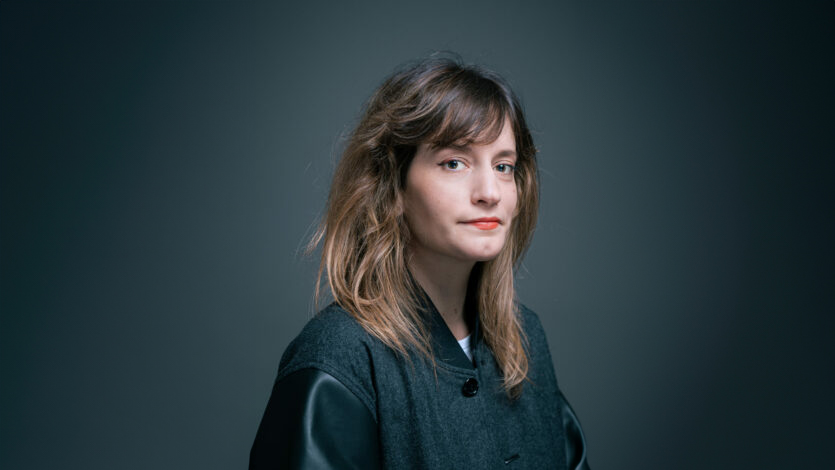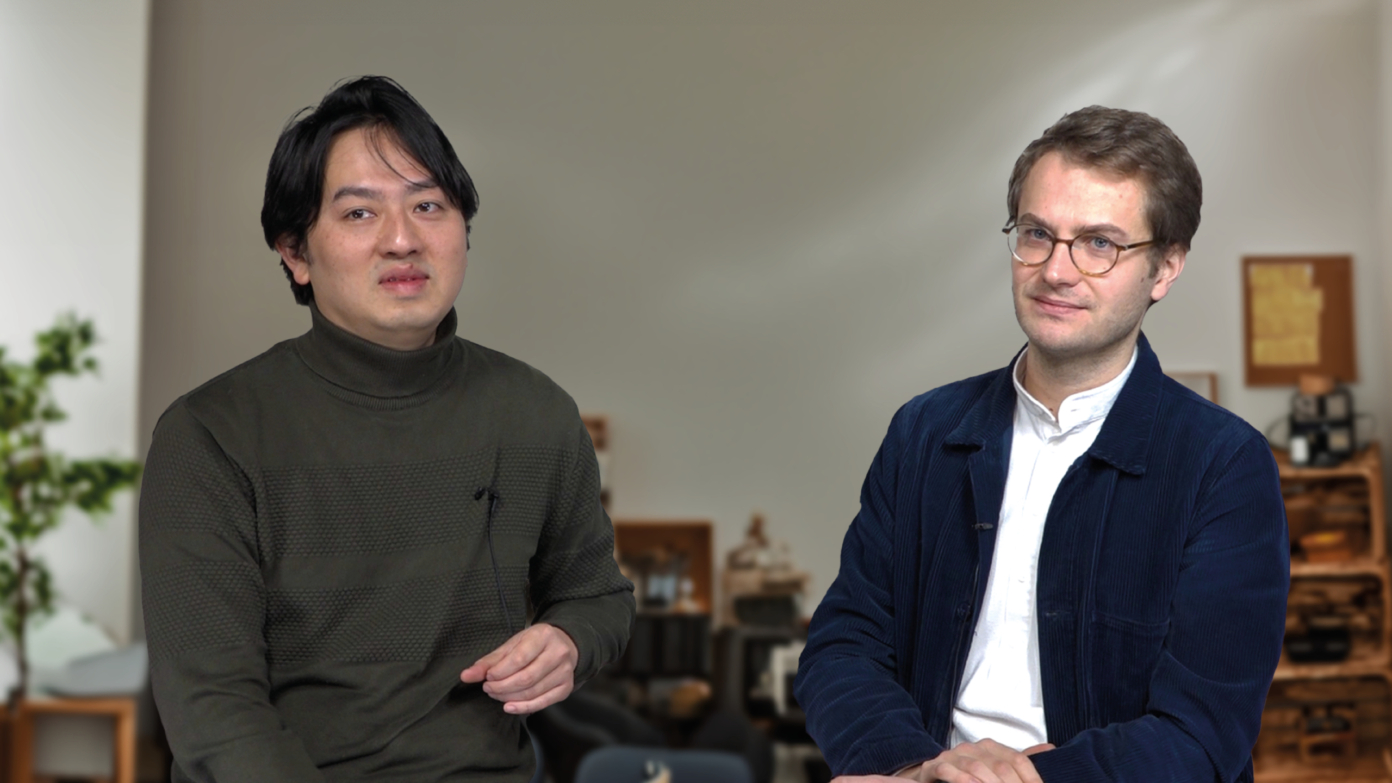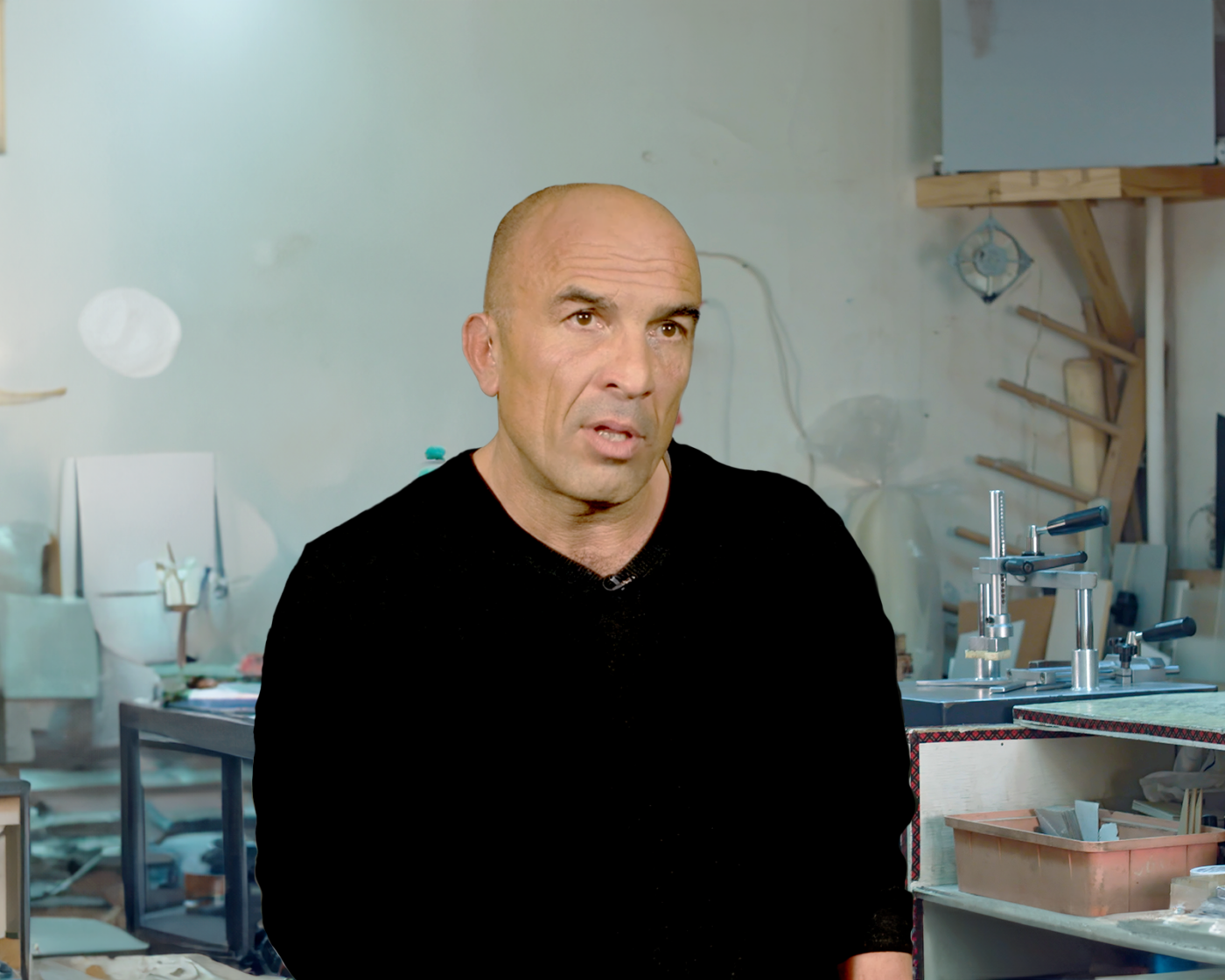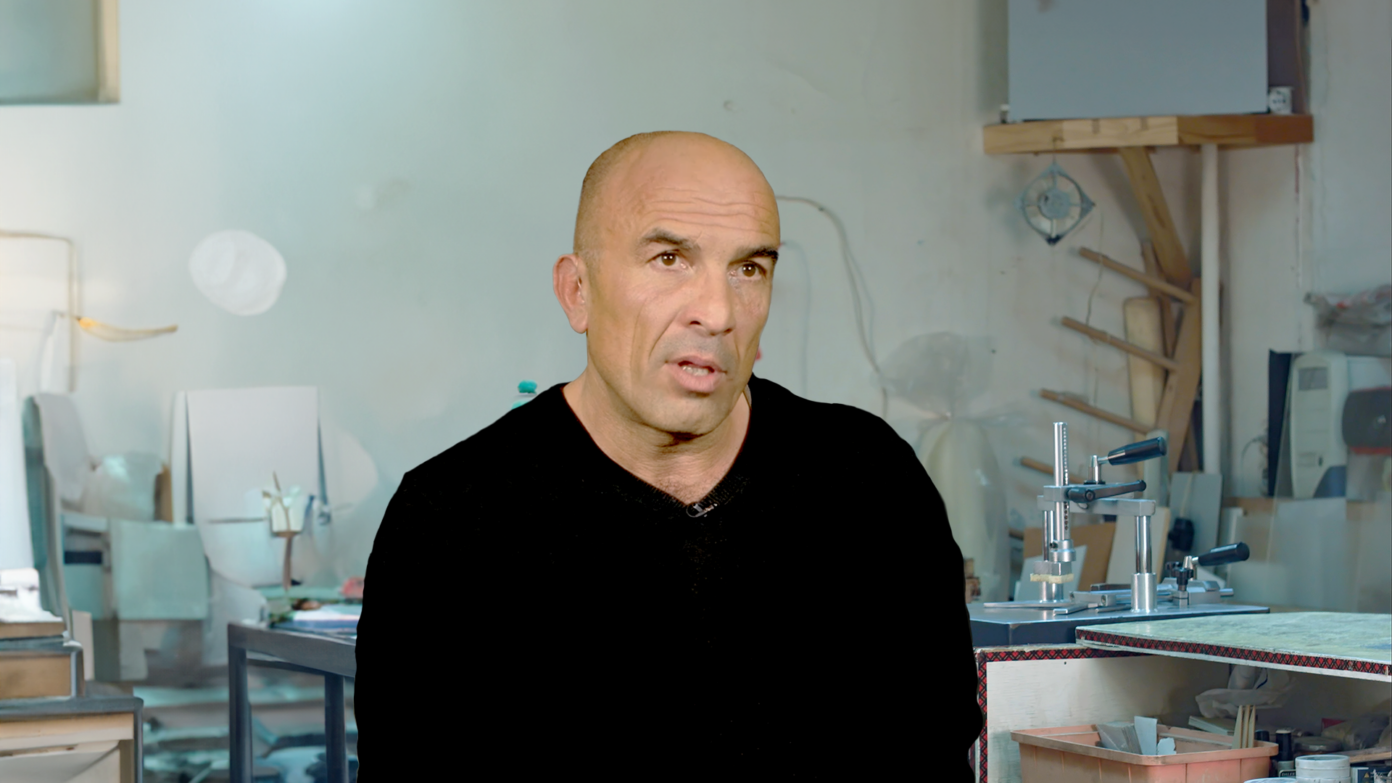Can we conceiving the artwork as a pet?
Do the buyers of your living pieces become their masters, just as they would be for a pet? Do they have a moral obligation to care for these micro-organisms?
Nouvelles amibes domestiques (New Domestic Amoebas) is a reference to the French acronym for exotic petsTranslator’s note: in France, exotic pets are usually referred to under the acronym NAC (nouveaux animaux de compagnie, literally “novel pets”).. My interest has turned to how the physical and subjective relationship we may have with a pet can be transposed to an artwork. I truly believe that art’s sole interest is to address intimacy. I started working on this subject in a rather intuitive way, perhaps because I felt a certain degree of morbidity in the exhibitions that only presented the remnants of a gesture or an intention. Since then, I try to arouse an affective response to something that is going on. What matters for me, and what I believe makes a moment important, is its scarcity, the fact that we find ourselves in front of something that we feel will not last. I do not only aim to show the process—given that any artwork results from it—but also things in the making.
Too many art collectors are driven to purchase artworks by belongingness and recognition, or see it as an investment, given that artworks are tax-exempt. Ninety percent of the art market occurs outside of an intimate relationship with the artwork though it is, I believe, the only one that really matters. The emotional connection that arises between the buyer and the artwork is what I am interested in, this beautiful melody that uplifts us and stirs up intimate recollections.
Regarding the physical outcome of the amoebasAmoebas are single-cell organisms that are found in all environments, including in treated waters such as tap water, mineral water, and swimming-pool water; they are shape-shifting predators., bear in mind that these are organisms which are endowed with mouths they use to feed. But the fate of the artwork is at the discretion of the collector, who may continue to feed the amoebas or otherwise. Deprived of a water supply, these animals remain “dormant” and only “come back to life” once their environmental conditions are restored.
Either way, the artwork is destined to change. I use food coloring that is similar to the dyes used for microscopy to dye the amoebas that are present in the water. If the plaster substrate that serves as an exoskeleton is frequently sprinkled with water, the colorful halo that reveals the local accumulation of amoebas will have a deeper color. If, on the other hand, nothing is done, the colors of the UV-sensitive dyes will fade away, reflecting the passage of time. To prevent the art work from withering away, it should therefore be fed from time to time; I do not require a protocol of two daily meals to be observed, however.
